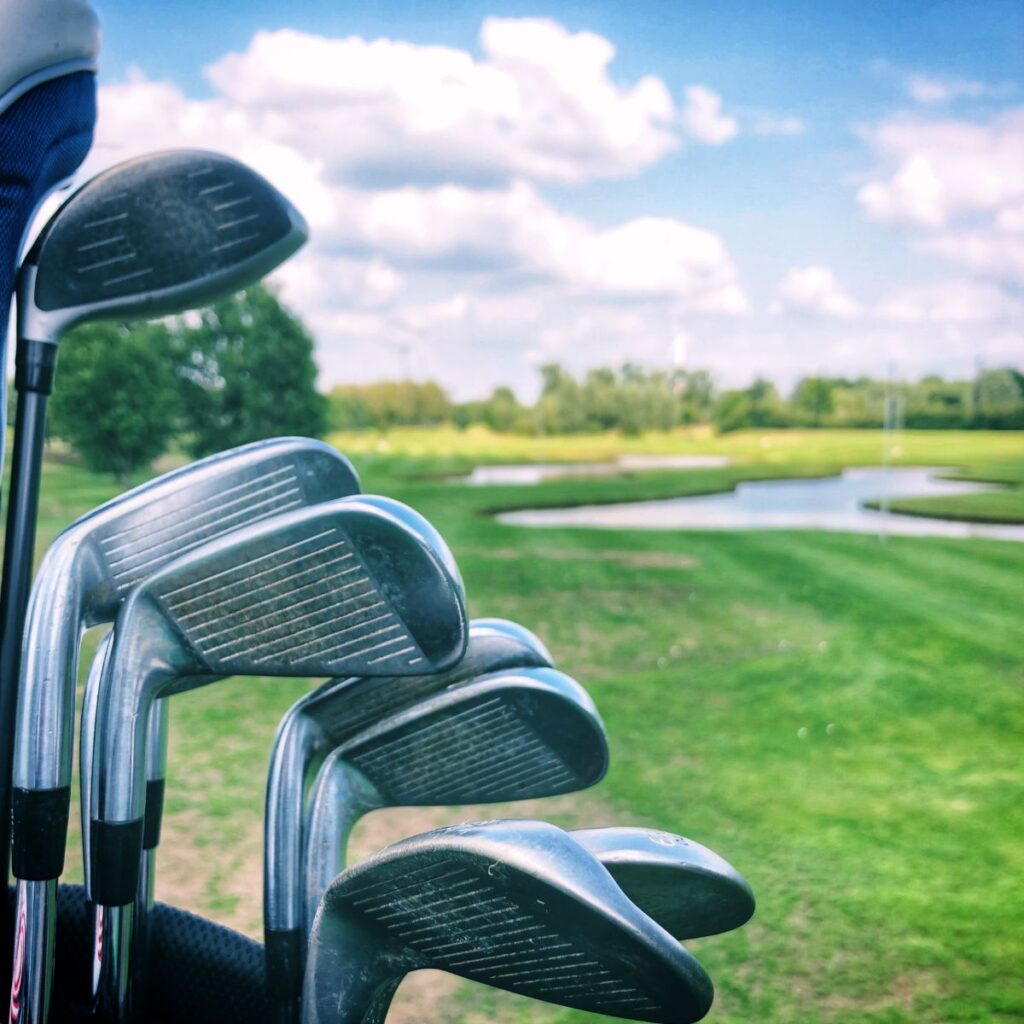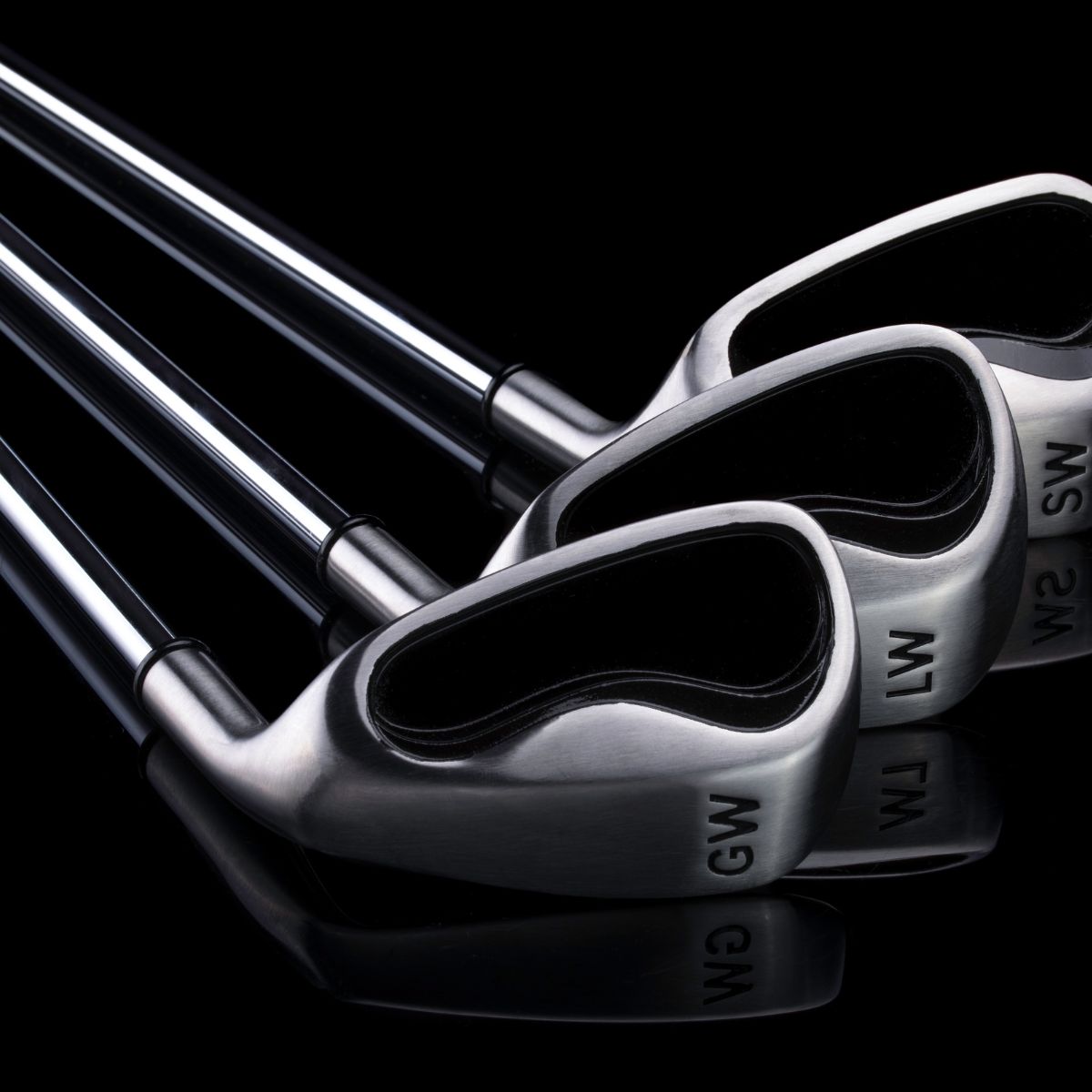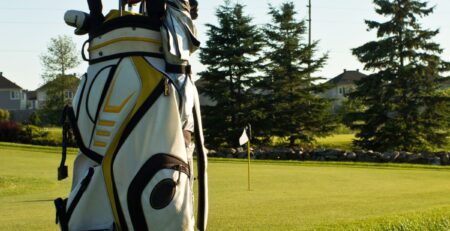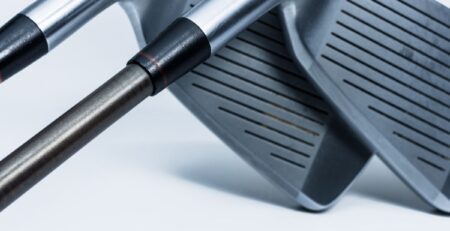How to Take Care of Your Golf Clubs: Maintenance and Storage Tips
Golf clubs are an investment that requires care, maintenance, and proper storage to keep them in pristine condition. Whether you’re a beginner or a seasoned golfer, taking good care of your clubs is essential for optimal performance on the course.
Neglecting your equipment can lead to rust, wear and tear, and even impact your game. So, get ready to learn everything about cleaning, drying & polishing, storing, maintaining your golf clubs – all essential steps that every golfer should know!
Keeping your Golf Clubs Clean
Keeping your golf clubs clean is essential to their longevity and performance. Dirty clubs can negatively affect the spin, distance, and accuracy of your shots. Here are a few reasons why cleaning your clubs regularly should be a part of your routine.
Firstly, dirt and debris on your clubface can cause unwanted backspin or sidespin on the ball which may lead to poor shots. This lack of control over the trajectory limits precision in execution causing you to lose points during tournaments or games.
Secondly, sweat from hands can leave moisture marks on grips leading them to become slippery making it difficult for holding onto the club while swinging. Additionally, this accumulated sweat can cause damage over time by rusting metal shafts or damaging grips.
Maintaining clean golf clubs will also make them look better and more professional. The aesthetic condition of both woods and irons speaks volumes about one’s game; dirty equipment indicates negligence towards preparation for any tournament.
How to Clean your Golf Clubs
Taking care of your golf clubs is essential for a better game and longer club lifespan. Cleaning your clubs should be an integral part of this process, as it helps remove dirt, grass stains, and other debris that can accumulate during a round.
To clean your golf clubs effectively, you’ll need some materials such as warm water, mild soap or dish detergent solution, a soft-bristled brush or old toothbrush. Begin by filling up a bucket with warm water mixed with the soap or dish detergent solution.
Then dip the head of each club in the solution and use the brush to scrub away any dirt build-up gently. Be careful not to damage any grooves on the face of your irons when cleaning them.
For woods and hybrids avoid getting too much moisture on their heads since they have wood components which may absorb water leading to warping or cracking over time.
After cleaning all your clubs rinse them off using clean warm water then dry them immediately using a towel made from microfiber material for more efficient drying results.

Drying and Polishing your Golf Clubs
After cleaning your golf clubs, the next step is to dry and polish them. This may seem like an unnecessary extra step, but it is actually crucial in maintaining the quality of your clubs.
Drying your clubs after cleaning prevents moisture from seeping into small crevices or cracks that are hard to see with the naked eye. Moisture can cause rusting which will eventually weaken and damage your club. Drying also prevents water spots on your club’s surface.
Polishing enhances not only the appearance of your clubs but also their performance. A polished clubface reduces friction between the ball and face, allowing for better contact and improved spin control.
To dry and polish effectively, use a soft cloth or microfiber towel to gently wipe down each clubhead until they are completely dry. Then apply a small amount of metal polish onto another clean cloth and rub it onto each clubhead in circular motions until you achieve a glossy shine.
Drying and polishing may take some extra time but it is definitely worth it when considering how much money we invest in our golf equipment. By taking care of our golf clubs properly we ensure their longevity as well as improve our overall game experience on the green!
For graphite shafts, use rubbing alcohol and a soft cloth to gently wipe down the entire length of each shaft. This ensures not only cleanliness but also removes any oils or grime which can interfere with grip strength during play.
Storing your Golf Clubs
Proper storage of golf clubs is crucial in maintaining their quality and prolonging their lifespan. It’s not just about finding a safe place to keep them, but also ensuring that they are stored correctly.
Improper storage can cause damage to the shafts, grips and heads of your clubs which may affect your performance on the course. One common problem is rust formation due to moisture build-up, which weakens the metal components of your clubs.
Another issue with improper storage is that it may alter the shape and alignment of your clubheads. This could lead to inaccurate shots and diminish overall playability. Plus, when you don’t store them properly, they’re more likely to get lost or damaged during transportation.
To prevent these problems from occurring, always store your golf clubs in a cool dry place like a closet or locker where there’s no direct sunlight or humidity exposure. Keep them organised by arranging them according to type (woods/irons) so that you can quickly find what you need when heading out for practice rounds or tournaments.
Invest in a high-quality travel bag if you plan on bringing your clubs with you on trips as this will help protect against any potential damages caused during transit such as dents, scratches or cracks.
How to Store your Golf Clubs
Proper storage of your golf clubs is essential to keep them in good condition and extend their lifespan. Firstly, it’s important to ensure that your clubs are completely dry before storing them. Any moisture left on the clubheads or grips can lead to rust, mould, or other damage.
When choosing a place to store your clubs, make sure it’s cool and dry with low humidity levels. Avoid storing them in areas such as garages or basements where temperatures can fluctuate drastically and expose the clubs to moisture.
To prevent any bending or warping of your clubs during storage, consider investing in a bag rack or stand. This will keep them upright and evenly spaced apart while also ensuring they don’t come into contact with any other objects that could cause damage.
It’s also recommended to cover the clubheads with headcovers during storage to protect against scratches and dings. For added protection, you may want to wrap a towel around the entire set of clubs before placing them inside their bag.
Be mindful of how you position your golf bag when storing it away. Ideally, it should be stored upright rather than lying flat on its side which puts unnecessary pressure on the shafts and grips.
Maintaining your Golf Clubs
Maintaining your golf clubs is crucial if you want to improve your game and extend the lifespan of your equipment. Regular maintenance ensures that they perform at their best, and prevents damage or wear and tear from affecting their playability.
One way to maintain your clubs is by inspecting them for damages, such as dents or scratches, after each round of golf. These issues can affect the accuracy of your shots and should be addressed promptly to prevent further damage. You should also check the grips for signs of wear and replace them when needed.
Another important aspect of club maintenance is keeping them clean. Dirt build-up on the grooves can negatively impact ball flight, leading to inaccurate shots. Regular cleaning using a soft-bristled brush helps remove dirt from both the clubhead and grooves.
It’s important to store your golf clubs properly in between rounds. Avoid leaving them in high heat or damp areas which can cause rust or other types of damage to occur.
By following the tips and advice provided in this article, you can ensure that your golf clubs will remain in top condition for years to come. Remember to clean them after every use, dry and polish them thoroughly, store them properly, and check for damages regularly.











